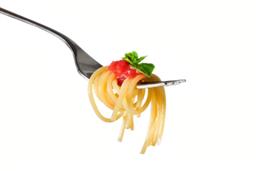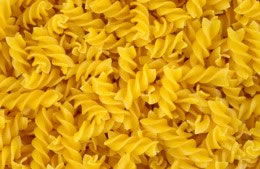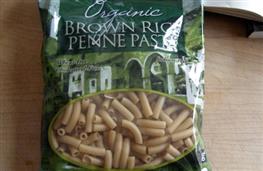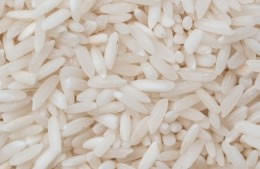Glycemic load
Health benefits of Glycemic load:
The glycemic load (GL) is a figure that estimates how much a given food will raise a person's blood glucose level after eating it.
The Worlds Science
What is glycemic load?
The glycemic load (GL) is a figure that estimates how much a given food will raise a person's blood glucose level after eating it.
Glycemic load was developed by scientists from Harvard University to fine tune the glycemic index and is calculated by multiplying the foods carbohydrate content (less the fibre) by the foods Glycemic index and dividing by 1001.
Why does it matter to me?
Consistent eating of high glycemic load foods may contribute to higher levels of fatigue, mood disturbance and depression2.
Uncontrolled blood sugar levels that are too high, can lead to many health problems including coronary heart disease3.
Low glycemic load - 0 to 10
Medium glycemic load - 11 to 19
High glycemic load - 20 and over
What if I want to monitor my daily glycemic load?
On checkyourfood.com we have calculated the glycemic load figures using the standard calculation from the glycemic index of an ingredient. The Glycemic index figures have come from a comparison of figures from the Montignac method, www.glycemicindex.com, the EU Diogenes project and the American Diabetes Association.
We have also taken into consideration the increase in GL that occurs with the overnight soaking and boiling of dried pulses and the reduction in GL when cooking pasta al dente. We have also taken into consideration the increase in GL that comes from baking sweet potato as the nature of the starch is changed.
You can use checkyourfood to check the GL of any given ingredient, the effects of cooking on GL and analyse your recipes to get the GL of an entire meal.
We have set a default RDA for GL of 60 per day
Due to the complexity of the GI calculations the figures on checkyourfood are a guideline.
We recommend that if you feel you are at risk from high blood glucose levels, you consult a medical expert and then set your own RDA (daily amount) in your account settings.
Want to check your guideline GL? Use the food diary to track your food and benefit from daily, weekly and monthly reports.
The glycemic load (GL) is a figure that estimates how much a given food will raise a person's blood glucose level after eating it.
Glycemic load was developed by scientists from Harvard University to fine tune the glycemic index and is calculated by multiplying the foods carbohydrate content (less the fibre) by the foods Glycemic index and dividing by 1001.
Why does it matter to me?
Consistent eating of high glycemic load foods may contribute to higher levels of fatigue, mood disturbance and depression2.
Uncontrolled blood sugar levels that are too high, can lead to many health problems including coronary heart disease3.
Long term intake of carbohydrates that are rapidly absorbed (high glycemic load) may increase the risk of developing type 2 diabetes4.
A low glycemic load diet has been shown to help with acne5.
A low glycemic load diet has been shown to help with acne5.
An understanding of the glycemic load of foods may help people with diabetes assess which foods are optimum for maintaining safe blood glucose levels6.
What should my glycemic load be?
The University of Sydney defines low, medium and high glycemic loads as:
What should my glycemic load be?
The University of Sydney defines low, medium and high glycemic loads as:
Low glycemic load - 0 to 10
Medium glycemic load - 11 to 19
High glycemic load - 20 and over
What if I want to monitor my daily glycemic load?
On checkyourfood.com we have calculated the glycemic load figures using the standard calculation from the glycemic index of an ingredient. The Glycemic index figures have come from a comparison of figures from the Montignac method, www.glycemicindex.com, the EU Diogenes project and the American Diabetes Association.
We have also taken into consideration the increase in GL that occurs with the overnight soaking and boiling of dried pulses and the reduction in GL when cooking pasta al dente. We have also taken into consideration the increase in GL that comes from baking sweet potato as the nature of the starch is changed.
You can use checkyourfood to check the GL of any given ingredient, the effects of cooking on GL and analyse your recipes to get the GL of an entire meal.
We have set a default RDA for GL of 60 per day
Due to the complexity of the GI calculations the figures on checkyourfood are a guideline.
We recommend that if you feel you are at risk from high blood glucose levels, you consult a medical expert and then set your own RDA (daily amount) in your account settings.
Want to check your guideline GL? Use the food diary to track your food and benefit from daily, weekly and monthly reports.
Review date: 1/12/2024
Next review date: 1/10/2025
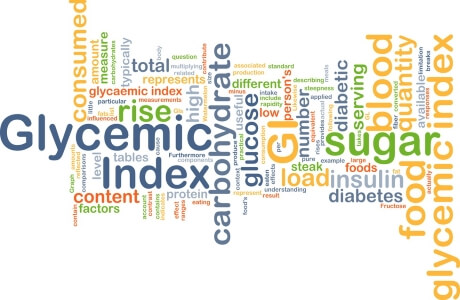
291
445
https://www.checkyourfood.com/content/blob/Micronutrients/top-foods-for-Glycemic.jpg
Top 6 ingredients for Glycemic load taking into account portion size and cooking retention factors
Filter ingredients by:

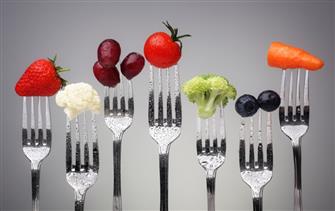 About nutrients
About nutrients
 All nutrients
All nutrients
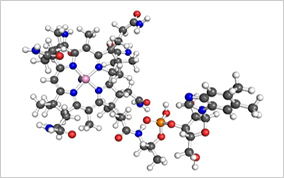 vitamins
vitamins
 minerals
minerals
 phytochemicals
phytochemicals
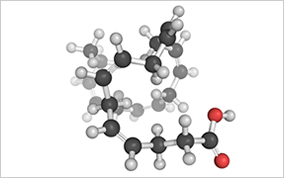 fatty acids
fatty acids
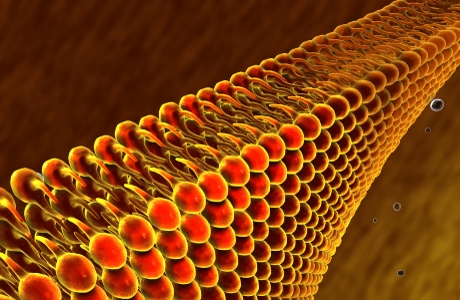 macronutrients
macronutrients
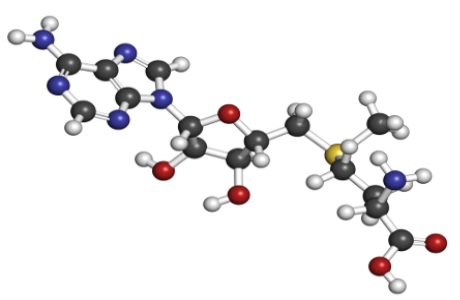 amino acids
amino acids
